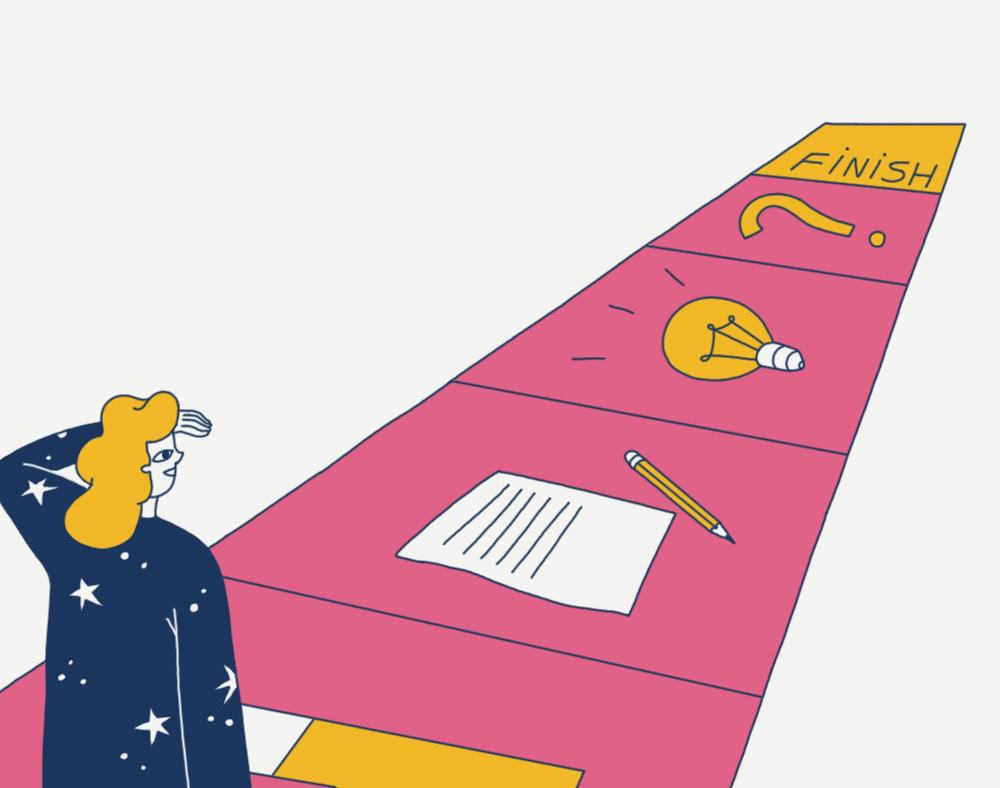
12 Tips on Holding an Efficient Meeting
Contents
Contents
There are loads of things that you can do to get your meetings to steal the show. As a management consultant and coach, I pay attention to how teams can implement them. Here are 12 tips based on my own experiences that can help you become better in organizing top-notch powwows!

Tip 1. The first 10 minutes of a meeting.
They are tough. People come in with their heads disengaged and it’s your responsibility to bring them back to earth—gently. Some companies use meditation to gear-up for work. But one could consider this method slightly extreme. A great alternative is to just ask your team to state their goals for the meeting taking place, which should tune participants into work mode.
Tip 2. Don’t be late.
We all know that it’s bad, but another five minutes of sleep can be so tempting. Inquisium invented a creative way to deal with latecomers—they make their team members sing a song every time they run in late. They’ve heard quite a few—from the national anthem to Taylor Swift’s Look What You Made Me Do. The majority of people don’t feel comfortable demonstrating their vocal skills, which makes them come in on time after all! You can use this one or think of your one way to encourage people not to be late.
Tip 3. Distractions.
Having all your work apps at hand on one device is very convenient. But it is so easy to lose focus when you keep checking your e-mails every single minute. It’s always better to focus on one task and to do it with 100% dedication, rather than spread yourself out too thinly. Try to gather an old-school, gadget-free meeting. Just a few pencils, sheets of paper and your team simply seizing the moment.
Tip 4. Unnecessary people.
If there is one thing inherent to all inefficient meetings it’s that they gather a lot of people who don’t need to be there. Next time you send your standard invitation to twenty peers, take a moment to think—do you really need all of them present? Crowded meetings come along with distractions, unstructured talks and a diffusion of attention. There is a great chance that you’ll boost productivity inviting just a handful of relevant, people.
Tip 5. Time-boxes.
When meetings last longer than they should, people can soon get bored and unproductive. An obvious solution here is to set reasonable time-boxes for every meeting. For instance, try to shorten your standard one-hour gig to 45-minutes. Knowing that they have limited time, your team should be more eager to dive into work straight off the bat. But don’t push them too far by trying to fit a 3-hour workshop into a 30-minute meet-up. Remember that “reasonable” is the key word for meetings’ time-boxes.

Tip 6. Where you hold your meetings.
If you’re planning a big, strategical meeting, a.k.a. a workshop, you might consider going to places unknown. Like up a mountain or in a hotel, deep within a forest, where usual stress-factors won’t distract your team. Regular day-to-day meetings should be organized in well-equipped, well-lit, isolated rooms. Make sure to pack them with whiteboards, colored pencils and any other utensils that are useful and enjoyable to use.
Tip 7. What time to start a meeting.
There’s definitely a case to make for post-lunchtime meetings. First of all, you have an opportunity to deal with all urgent tasks in the morning. Now add the second fact that you’ll have time to take care of non-urgent things in the evening after the meeting ends. Now add a final fact that you can concentrate on work stuff rather than dreaming of ramen noodles.
Tip 8. Facilitator.
Every meeting should have someone that’s willing to hold the torch and to lead the meeting in the right direction. The facilitator’s responsibilities include architecting a meeting, piloting teams to get through agenda and supporting them along the way.
Tip 9. Someone who takes notes.
Writing the minutes is a good call because visual information is much easier to perceive. They also give everyone an opportunity to refresh their memory after the event has happened. And don’t place the job of writing the minutes onto the facilitator’s shoulders, he or she will be preoccupied with holding a smooth running meeting. It’s always wise to use an independent person for this task.
Tip 10. Decisions.
The aim of any meeting is to finalize dialogues with a concrete decision. Think back to the beginning of the discussion. Have you covered everything? Did you solve every problem you wanted to solve? Allow everyone speak at the end of your meeting to ensure they’re all synced and make sure everyone knows what to do next.
Tip 11. Questions.
An e-commerce company Etailz knows that people rarely ask questions at the end of a meeting, so they made their final Q&A session obligatory. If no one had questions, they were supposed to just sit there and stare at each other silently. And it worked! Because asking questions is always better than awkward silences. Make sure that your team realizes that they can ask anything at any time, or help them break the ice if they are still unwilling to talk.
Tip 12. Ending.
Every meeting should end at the time it is supposed to end. It’s nice to see your team immersed in discussion and forgetting about time, but you don’t want them to burnout one day, right? So stick to the schedule. Or use this application which will turn the lights off when it’s time to wrap up.
Last but not least—bear in mind Genrich Altshuller, and his theory of resolutions. Basically, his theory says that you don’t have to invent the wheel every time you need to solve a problem. Neither should you simply copy solutions that other people previously made as they may not fit the current problem in hand. Just use things that you already have—your company’s culture, your local talents and traditions. One thing that is true for resolving complicated situations, is that you need to create rituals that will draw people’s attention the problem. Think again about your meetings and check those things that don’t work quite well for now. And then use the unique spirit of your company to come up with traditions and rituals that will fit in and help make your meetings even more productive.
Subscribe to blog updates
Get the best new articles in your inbox. Get the lastest content first.
Recent articles from our magazine
Contact Us
Find out how we can help extend your tech team for sustainable growth.






